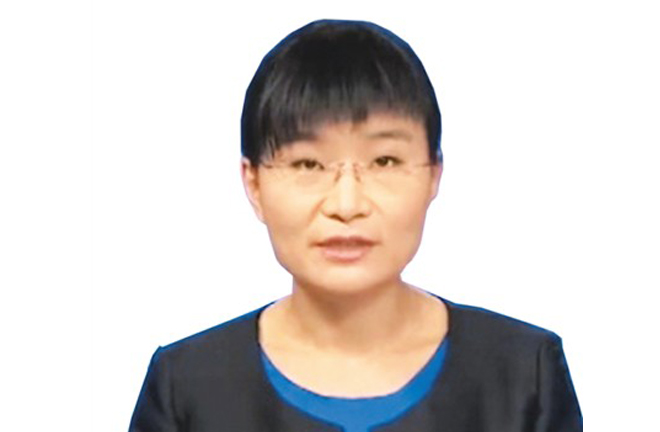SU XIAOHUI: What should be on new China-ASEAN cooperation blueprint?
 The 19th China-ASEAN Summit to commemorate the 25th anniversary of China-ASEAN dialogue relations was held in Vientiane, Laos, on Sept. 7.
The 19th China-ASEAN Summit to commemorate the 25th anniversary of China-ASEAN dialogue relations was held in Vientiane, Laos, on Sept. 7.
Leaders from China and the Association of the Southeast Asian Nations agreed that major strides have been made in the relationship between the two parties, and much valuable experience has been accumulated since a dialogue was established in 1991. Looking ahead, both expect a new blueprint for China-ASEAN relations.
On this new blueprint, all parties wish to add their pet projects. However, there are things I deem to be indispensable to it.
The first is mutual political trust. Trust is founded on respect. China has always firmly respected the independence, sovereignty and territorial integrity of other countries. It never interferes in the internal affairs of others. This position was greeted with applause from ASEAN countries. Trust is also based on honesty and sincerity.
China supports ASEAN regional integration while affirming the centrality of the association in the region even though the regional structure changes constantly. China also agrees that ASEAN should play a bigger role in international and regional affairs.
The second is mutual benefit. Trade is one major engine for economic development. China has been ASEAN largest trade partner for seven consecutive years, while ASEAN has been China’s second-largest partner for five years. In 2015, trade between China and the ASEAN rose to $472.16 billion, showing steady progress toward the target of $1 trillion in trade by 2020.
Connectivity helps to open up new routes for economic development. The ASEAN has just formulated the Master Plan on ASEAN Connectivity 2025 aiming at promoting the connectivity within the region in fields like infrastructure, trade, transportation and personnel.
To this end, ASEAN plans to coordinate its overall plan with China’s “Belt and Road” initiative and explore ways to strengthen cooperation based on connectivity. The two sides also announced a joint statement on cooperation in production capacity to strengthen economic and trade relations while boosting industries on both sides.
The third aspect is common security. China made it clear that it will endeavor to maintain the peace and stability in the South China Sea through joint efforts with the ASEAN. The two sides announced a joint statement vowing to implement the Declaration on the Conduct of Parties in the South China Sea reached between China and ASEAN countries. Embodying the spirit of respect for principles of international law, the agreement indeed provides a feasible norm for countries to follow in the region.
The Guidelines for Hotline Communications among Senior Officials of the Ministry of Foreign Affairs of China and ASEAN Member States in Response to Maritime Emergencies as well as the Joint Statement on the Application of the Code of Unplanned Encounters at Sea in the South China Sea adopted at the meeting will play an active role in improving regulations, managing differences and preventing risks. Moreover, China is also actively exploring ways to cooperate with ASEAN to meet the growing number of non-traditional security threats.
The fourth is people-to-people exchanges. Friendships between average people hold the key to state-to-state relations. China and the ASEAN are expanding areas for exchange in culture and tourism, with the goal of 30 million mutual exchanges by 2020 for tourism cooperation as well as visit facilitation.
China-ASEAN relations are among the most vigorous international relations with richest connotation. The meeting has reached a number of agreements and cooperative plans, contributing to regional peace, stability and prosperity. We are jointly building a closer China-ASEAN community of shared destiny.
Su Xiaohui is deputy director from the Department of International and Strategic Studies at China Institute of International Studies.
